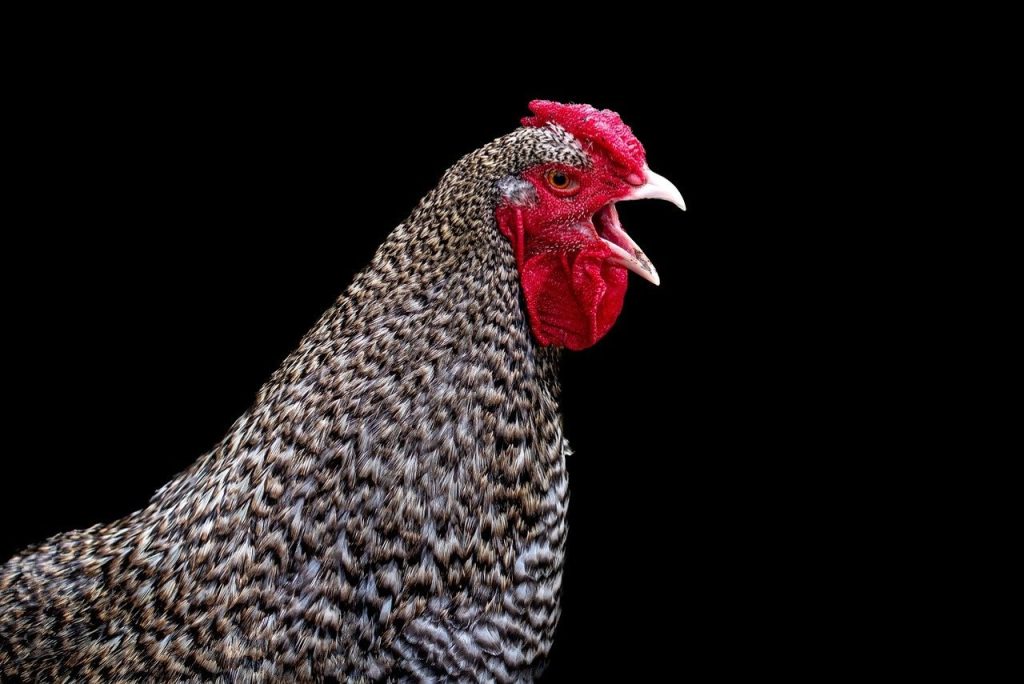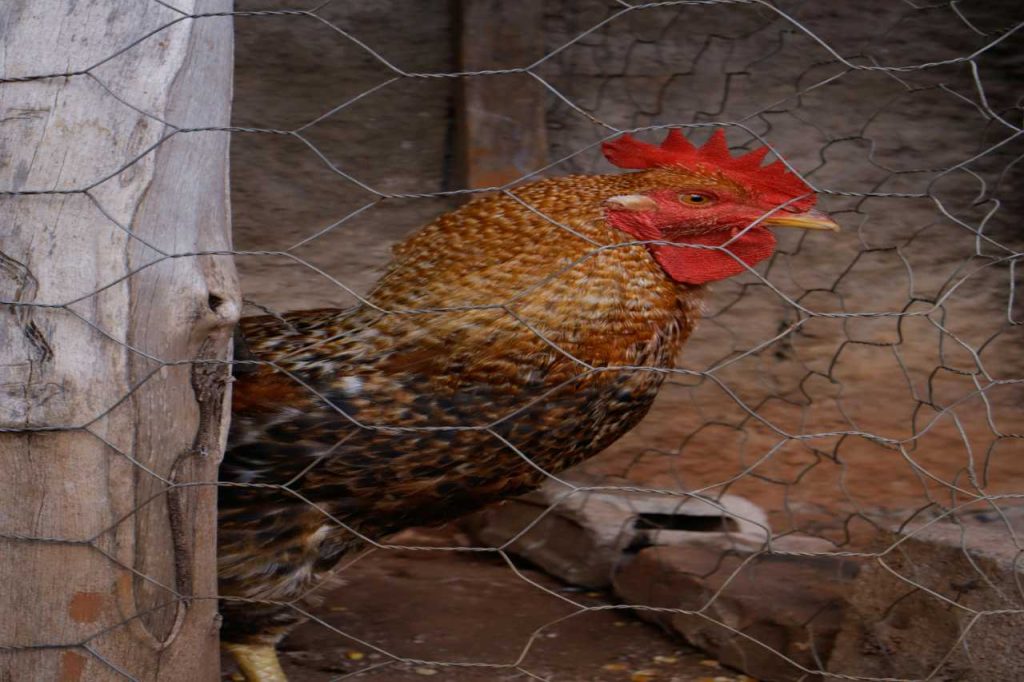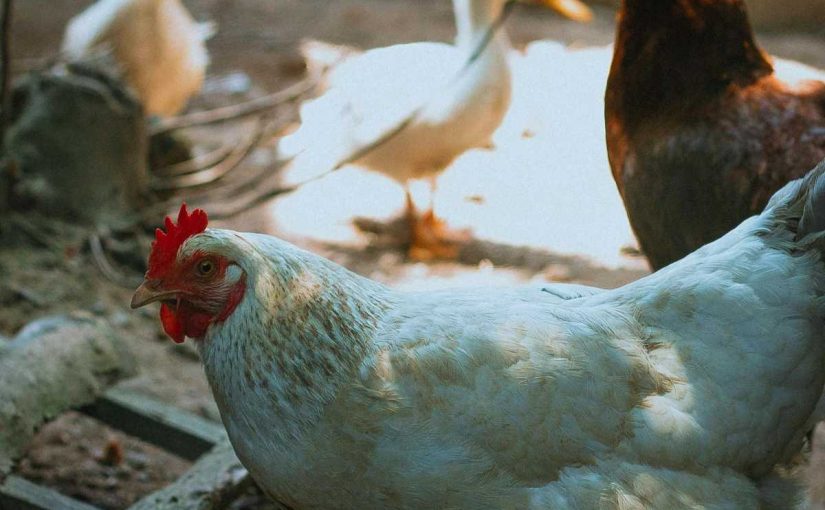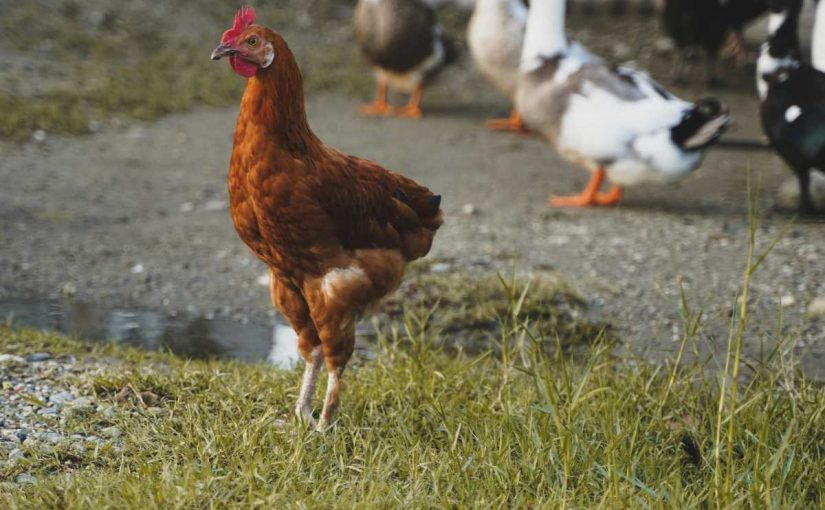Chicken breeding is an ancient practice, dating back thousands of years, but it has evolved significantly with our understanding of genetics. Today, breeders can select for specific traits, whether for meat production, egg-laying capabilities, or disease resistance, creating chickens that not only meet agricultural needs but also thrive in their environments. This blog explores the science of chicken genetics, the principles of selective breeding, and how you can breed chickens for desired traits.
1. Understanding Chicken Genetics
At the core of chicken breeding is genetics, the study of how traits are passed down from parents to offspring. Chickens, like all living organisms, have a unique genetic makeup that determines their physical characteristics and behaviors.
Basic Genetic Concepts
- Genes and Alleles: A gene is a segment of DNA that carries the information for a particular trait, such as feather color or egg production. Each gene may have different variations called alleles.
- Genotype and Phenotype: The genotype is the genetic constitution of an organism (its alleles), while the phenotype is the observable expression of those genes (the traits you can see).
- Heredity: The process by which traits are passed from parents to offspring through genetic information.
Chromosomes
Chickens have 39 pairs of chromosomes, with one pair determining their sex. Male chickens (roosters) have one Z and one W chromosome (ZW), while females (hens) have two Z chromosomes (ZZ). This difference in sex chromosomes is crucial for understanding inheritance patterns.
2. Principles of Selective Breeding
Selective breeding is the process of choosing parent birds with desirable traits to produce offspring that exhibit those traits. Here are the key principles:
1. Define Your Goals
Before beginning any breeding program, it’s essential to establish clear objectives. What traits are you aiming to enhance or introduce? Common goals include:
- Egg Production: Selecting for hens that lay a higher number of eggs.
- Meat Quality: Breeding for birds that grow quickly and have good meat yield.
- Temperament: Choosing friendly and easy-to-handle birds for backyard flocks.
2. Choose Your Breeding Stock
Selecting the right chickens for breeding is critical. Here’s what to consider:
- Health: Only breed healthy birds free of genetic disorders and diseases.
- Conformation: Look for chickens that meet breed standards for body type, feathering, and overall appearance.
- Performance Records: Use production records (egg count, growth rates) to inform your choices.

3. Understand Inbreeding and Outbreeding
- Inbreeding: Breeding closely related chickens can lead to inbreeding depression, where the offspring may exhibit reduced fitness, fertility issues, or genetic defects.
- Outbreeding: Introducing unrelated genetic material can improve vigor and reduce the risk of genetic disorders. Outcrossing to a different strain or breed can introduce beneficial traits.
3. Breeding for Specific Traits
Once you have defined your goals and selected your breeding stock, you can begin the process of breeding for specific traits.
1. Egg Production
- Select for High Yield: Choose hens with a proven track record of high egg production. Monitor their laying patterns and select for those with consistent and abundant egg-laying abilities.
- Egg Quality: Assess the quality of eggs produced, focusing on shell strength, size, and color.
2. Meat Production
- Growth Rate: Breed for chickens that reach market weight efficiently. This often involves selecting for size and muscle development.
- Feed Conversion Ratio: Look for birds that convert feed into body mass efficiently, reducing overall feed costs.
3. Disease Resistance
- Genetic Resistance: Certain breeds exhibit better resistance to specific diseases. Breeding for this trait can lead to a healthier flock overall.
- Vaccination Response: Select birds that demonstrate strong immune responses to vaccinations.
4. Feather Color and Patterns
- Aesthetic Traits: Breeding for specific feather colors and patterns can be enjoyable and rewarding. Keep records of feather traits in your breeding stock to track inheritance patterns.
4. The Role of DNA Testing in Chicken Breeding
Advancements in DNA technology have revolutionized chicken breeding, allowing breeders to make more informed decisions based on genetic information. Here’s how DNA testing can be beneficial:
1. Genetic Profiling
- Parentage Verification: DNA testing can confirm parentage, ensuring that breeding decisions are based on accurate lineage.
- Trait Identification: Genetic markers can identify birds with specific traits, streamlining the selection process.
2. Disease Resistance Testing
- Health Screening: Testing for genetic predispositions to certain diseases can guide breeding programs toward healthier flocks.
5. Practical Tips for Breeding Chickens
Here are some practical tips to consider when starting your chicken breeding program:
1. Keep Detailed Records
- Document the lineage, performance, and traits of all your chickens. This information is crucial for making informed breeding decisions.
2. Patience and Observation
- Breeding takes time. Observe the offspring closely for desired traits before making final decisions on which birds to keep for future breeding.
3. Genetic Diversity
- Always aim to maintain genetic diversity in your flock. This can involve outcrossing and introducing new bloodlines periodically.
4. Continuous Learning
- Stay updated on the latest research and practices in chicken genetics. Join poultry clubs, attend workshops, and connect with other breeders to share knowledge.
6. Conclusion
The science of chicken genetics offers poultry breeders the tools to produce chickens with specific desired traits, whether for egg production, meat quality, or disease resistance. By understanding genetic principles, implementing selective breeding strategies, and utilizing modern DNA testing techniques, you can create a thriving flock that meets your agricultural goals. With patience, careful observation, and a commitment to genetic diversity, the art and science of chicken breeding can lead to a fulfilling and productive experience. Whether you’re a small-scale farmer or a backyard enthusiast, the journey of breeding chickens opens up a world of possibilities!




